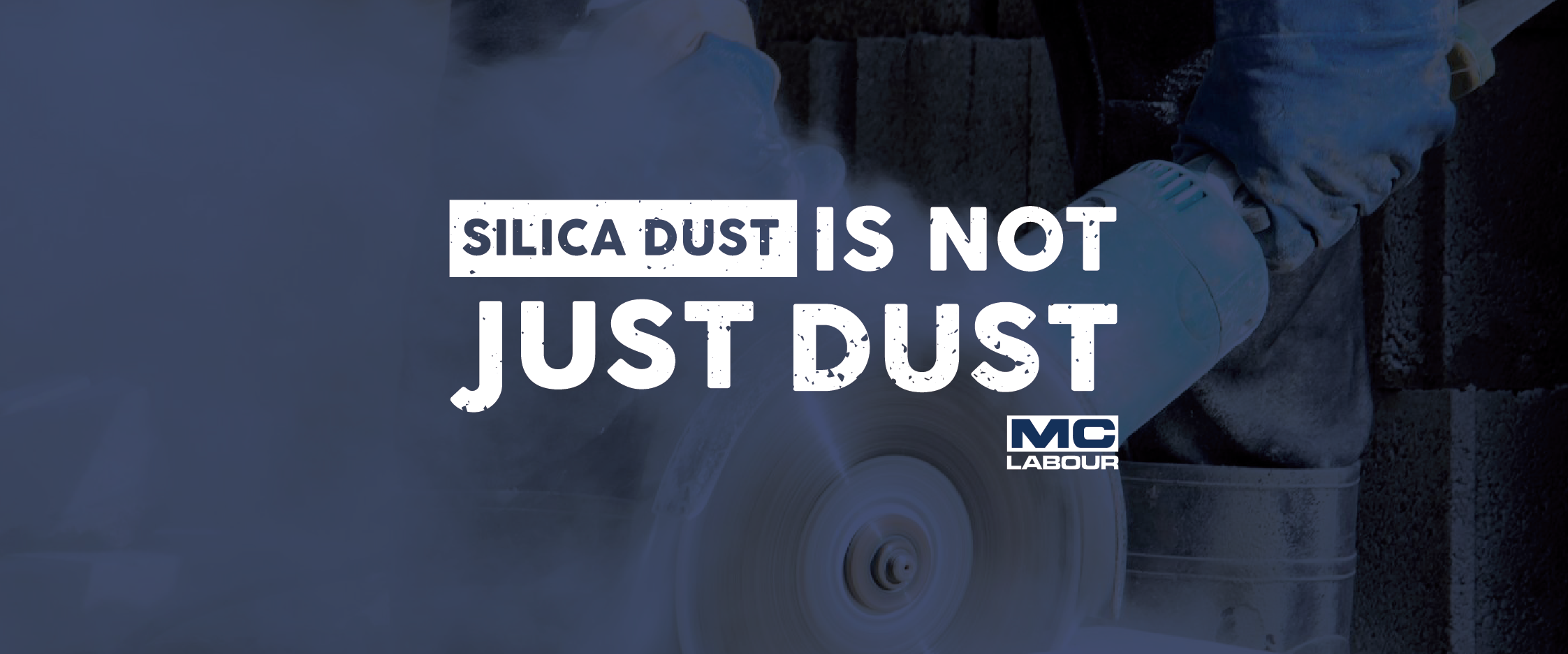

The symptoms of lung cancer include persistent coughing, increasing shortness of breath, weight loss, tiredness, and coughing up blood. Continued exposure to large volumes of RCS dust can result in lung cancer. Smoking can make the symptoms of COPD considerably worse. These symptoms gradually worsen over time however, individuals may experience periods where their symptoms significantly worsen, very quickly. Individuals with COPD often experience shortness of breath, wheezing, persistent coughing, and recurring chest infections. One of the causes of COPDs is prolonged exposure to fumes and dusts. COPD is the collective name for the group of lung diseases that lead to breathing difficulties, including emphysema and bronchitis. Chronic Obstructive Pulmonary Disease (COPD).However, very significant exposure over a few months can be enough to result in silicosis. Silicosis often occurs after prolonged exposure (10-20 years). Silicosis impacts the lungs’ ability to function correctly, causing those with the disease to often experience a persistent cough, breathlessness and tiredness. If RCS dust is repeatedly inhaled over a long period of time, this recurrent attacking and inflammation will result in fibrosis (areas of hardened and scarred tissue in the lungs). When RCS dust is inhaled into the lungs, the particles are attacked by the immune system, resulting in inflammation. Silicosis is a long-term lung disease that results from continuous exposure to large amounts of RCS dust. Regular, uncontrolled exposure to silica dust can cause severe health impacts for workers and anyone in the vicinity. What Are the Risk Factors of Silica Dust? Silica dust particles that are small enough to penetrate deeply into the lungs when breathed in are known as respirable crystalline silica (RCS) dust. Silica, or silica dioxide, is a natural substance found in most sand, rocks and clay, as well as several products such as concrete, brick, mortar and some plastics.Ĭonstruction and mineral processing activities, including drilling, sanding and grinding, can result in the production of silica-containing dusts.


This article will explain what respirable crystalline silica (RCS) dust is, the hazards associated with exposure and your responsibilities for controlling RCS dust exposure in your workplace. Therefore, it’s essential that you understand the risks and hazards associated with your work activities, and take the appropriate precautions. Any work activities that expose workers to construction or mineral processing dusts can have severe health impacts on workers and anyone in the vicinity.


 0 kommentar(er)
0 kommentar(er)
